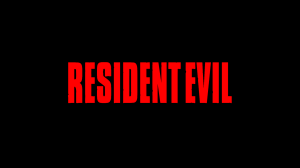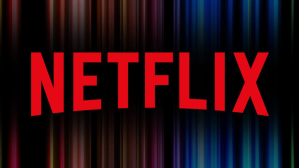The CW’s five-part “Crisis on Infinite Earths” crossover event is on a brief hiatus, giving fans a month to catch their breath before coming back on January 14 to finish up and set a new status quo for the world of The Flash, Supergirl, DC’s Legends of Tomorrow, Batwoman, and Black Lightning before Arrow ends in late January. But it is not just the “Arrowverse” — the colloquial term for the shared universe of DC shows that air on The CW and are produced by Greg Berlanti — that has been impacted by the Crisis. With numerous awesome cameos so far, the series has effectively changed the way DC’s live-action adaptations work forever.
Videos by ComicBook.com
That is not hype and it is not hyperbole. By incorporating the Tim Burton Batman with the 1966 version, Smallville, Superman Returns, Lucifer, and more, “Crisis on Infinite Earths” has destroyed the artificial barriers that exist between the realities of these movies and TV shows. Will anybody else ever do this? Who knows — but this story has single-handedly established that all of these tales exist within DC’s multiverse and that crossing over is at least possible.
For comic book fans, this is not a huge change in our overall mindset. Just like comic books feature a title character, and exist largely with the awareness that there is a larger world/universe of characters at work who don’t regularly appear in the book but whose adventures “count,” so it is with DC’s multiverse. The main stories take place in a single timeline, where most of the “important” stuff happens, but when an alternate universe comes up in-story, it’s often had some major status quo change between the panels, suggesting that the stories there are always alive and always happening beyond our view. That’s how the multiverse works.
Ever since the start of the Arrowverse, fans who have asked whether a given movie or TV show from the past “counts” would likely have been met with a simple enough answer: it’s an infinite multiverse, so all that shit has to have happened SOMEWHERE. If you don’t want your story to be over, then just imagine that it’s still out there somewhere, beyond the horizon line of our imagination.
That’s not an unfair answer, but “Crisis on Infinite Earths” has flattened out that horizon line and made one thing clear: anything you love, from any era? If DC made it, it exists somewhere in the Arrowverse. And for hardcore fans, that will leave an impression. From now on, any Christopher Nolan-style attempt to fully divorce a given movie or series from the rest of DC’s products won’t completely take. Because following the events of “Crisis on Infinite Earths,” it is not just a matter of encouraging fans to use their imagination anymore. Canonically, stories that were never imagined to have connections to one another are now sharing the same space, separated only by vibrational frequency. Even if the end result of “Crisis” is to destroy the multiverse and replace it with a singular universe, like in the comics (something that seems very unlikely given how effectively the Arrowverse has used its multiverse over the years), this is a bell that cannot be un-rung. In the minds of fans, these things all exist in the same shared multiverse now.
And, whether intentionally or not, the writers and producers of “Crisis on Infinite Earths” have made the experience of watching both past and future DC projects that much more enriching as a result.
The “Crisis” event brings together the heroes from multiple Earths to battle against the Anti-Monitor (LaMonica Garrett), a godlike villain who threatens to destroy all reality. In the comics, the story ended with the deaths of The Flash and Supergirl, and the destruction of DC’s multiverse, leading to a single Earth with a complex history packed with hundreds of heroes. The battle brings together together characters from all six of the current DC Comics adaptations on The CW (Arrow, The Flash, Supergirl, DC’s Legends of Tomorrow, Batwoman, and Black Lightning), along with characters and actors from Titans, the 1990 version of The Flash, the short-lived Birds of Prey, Smallville, Superman Returns, Tim Burton’s Batman, and the iconic 1966 Batman series.
The first three episodes are available now, for free, on The CW app and CW Seed. “Crisis on Infinite Earths” will conclude on January 14.









